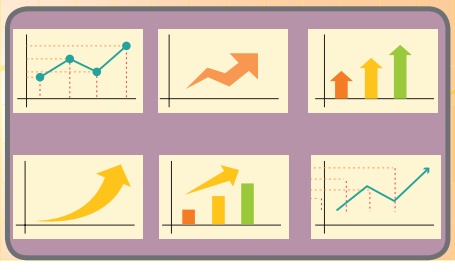Regression Analysis - Introduction | 12th Statistics : Chapter 5 : Regression Analysis
Chapter: 12th Statistics : Chapter 5 : Regression Analysis
Introduction
REGRESSION ANALYSIS
Francis Galton (1822 -1911) was born in a wealthy family. The youngest of
nine children, he appeared as
an intelligent child. Galton’s progress in education was not smooth. He dabbled
in medicine and then studied Mathematics at Cambridge. In fact he subsequently
freely acknowledged his weakness in formal Mathematics, but this weakness was
compensated by an exceptional ability to understand the meaning of data. Many
statistical terms, which are in current usage were coined by
Galton. For example, correlation is due to him, as is regression, and he was
the originator of terms and concepts such as quartile, decile and percentile,
and of the use of median as the midpoint of a distribution.

The concept of regression comes from genetics and was popularized
by Sir Francis Galton during the late 19th century with the publication of
regression towards mediocrity in hereditary stature. Galton observed that
extreme characteristics (e.g., height) in parents are not passed on completely
to their offspring. An examination of publications of Sir Francis Galton and
Karl Pearson revealed that Galton's work on inherited characteristics of sweet
peas led to the initial conceptualization of linear regression. Subsequent
efforts by Galton and Pearson brought many techniques of multiple regression
and the product-moment correlation coefficient.

LEARNING OBJECTIVES
The student will be able to
·
know the concept of regression, its types and their uses.
·
fit best line of regression by applying the method of least
squares.
·
calculate the regression coefficient and interpret the same.
·
know the uses of regression coefficients.
·
distinguish between correlation analysis and regression analysis.
Introduction
The correlation coefficient is an useful statistical tool for describing the type ( positive or negative or uncorrelated ) and intensity of linear relationship (such as moderately or highly) between two variables. But it fails to give a mathematical functional relationship for prediction purposes. Regression analysis is a vital statistical method for obtaining functional relationship between a dependent variable and one or more independent variables. More specifically, regression analysis helps one to understand how the typical value of the dependent variable (or ‘response variable’) changes when any one of the independent variables (regressor(s) or predictor(s)) is varied, while the other independent variables are held fixed. It helps to determine the impact of changes in the value(s) of the the independent variable(s) upon changes in the value of the dependent variable. Regression analysis is widely used for prediction.
Related Topics